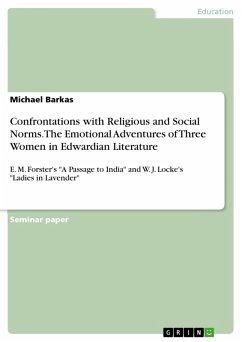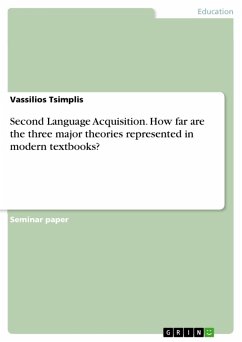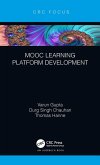Essay from the year 2013 in the subject Pedagogy - School Pedagogics, grade: 1,3, , course: Education and Communication in International Relations, language: English, abstract: Apart from health and income, the subject matter of education serves as one of the principal indicators for modern social science. The internationalization of higher education is directly connected to the evolution and revolution of interconnectivity. This essay seeks to examine the development of different distance learning practices from the nineteenth century until present day. The terminology of the matter is to some extent irregular, wherefore the defining of semantics is part of this essay, too. As it can be derived from the title, at least three definitional terms are involved: distance learning, distance education and extramural studies. In order to shed light on these terms, similar developments in different contexts have to be taken into account. Therefore, it is impossible to give conclusive definitions already at the beginning. Rather, this essay follows the method of process tracing, outlining 'three waves' of distance learning. As a consequence, this essay is structured in a threefold manner: First of all, the 'first wave' of distance learning is introduced, giving first definitions of the term and outlining first proceedings in the active acquisition of education over long-distances in the nineteenth century. Afterwards, demarcating the 'second wave', the view is turned to distance education in the twentieth century, featured by a rapid advance of electronic media. Lastly, a picture of today's distance-learning infrastructure is drawn, paying special attention to the accelerated progress of internet-based teaching and learning. Throughout the examination of the topic, aspects of power transition and diffusion are problematized.
Dieser Download kann aus rechtlichen Gründen nur mit Rechnungsadresse in A, B, BG, CY, CZ, D, DK, EW, E, FIN, F, GR, HR, H, IRL, I, LT, L, LR, M, NL, PL, P, R, S, SLO, SK ausgeliefert werden.









